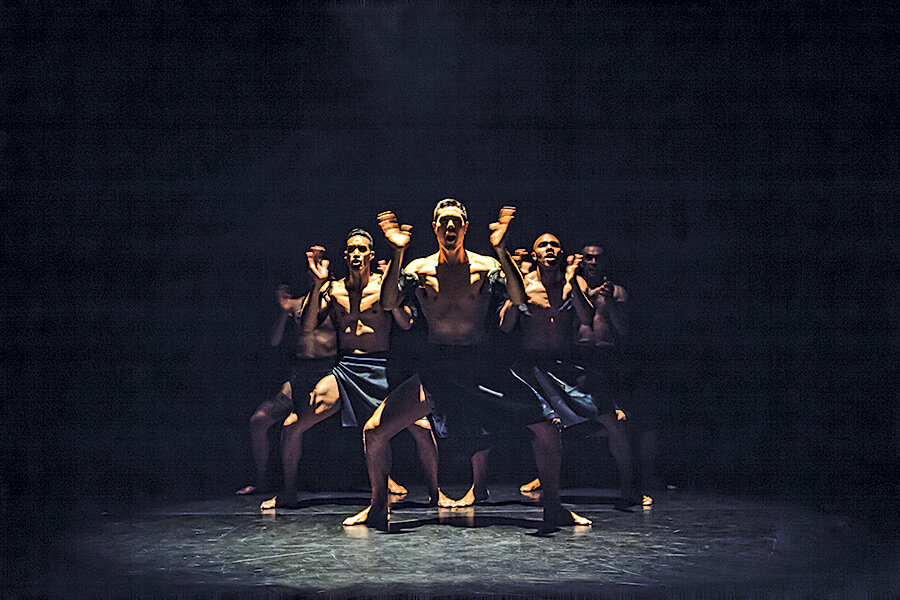Literature, dance, art explore masculinity
Loading...
In novelist Paul Auster’s recent book “4 3 2 1,” young Archie Ferguson closely observes the fathers, sons, brothers, and husbands around him. He knows his own father, Stanley, best, so he judges him most harshly. Stanley spends so much time at work he becomes distant, something his son “resented, or at least felt bad about, or that frustrated him, or made him angry, or some other word he hadn’t thought of yet.”
This anger, frustration, and struggle to connect is also evident in a piece New Zealand choreographer Neil Ieremia calls “Crying Men,” part of a larger work that will confront what it means to be a man in the modern world. Ieremia, whose Black Grace contemporary dance company toured the United States this spring, juxtaposes three dancers onstage. One crying man could be a child of the 1950s like Archie, exploring how to move in the world as a man. The others could be his younger self and his father. Love is evident, but so is the inability to express it.
This artistic preoccupation with the male role is taking place in a time of advancing lesbian, gay, bisexual, and transgender rights and an energized women’s movement. Another artist musing on these topics is Mark Bradford, whose “Shade” opened last year at the Albright-Knox Art Gallery in Buffalo, N.Y., and recently moved to the Denver Art Museum and the neighboring Clyfford Still Museum.
Bradford studied Still’s legacy and then created work of his own. Still numbered his paintings. Bradford, who is gay, named his monumental multimedia “Shade” paintings for styles of drag performance, which opens up a conversation about the machismo of earlier abstract expressionists, a subtext to the racial concerns that also are part of the show. Rebecca Hart, Denver Art Museum’s contemporary curator, said Bradford, who will represent the US at the Venice Biennale in May, is reading one of the fathers of abstract expressionism “from the vantage point of race and difference.”







